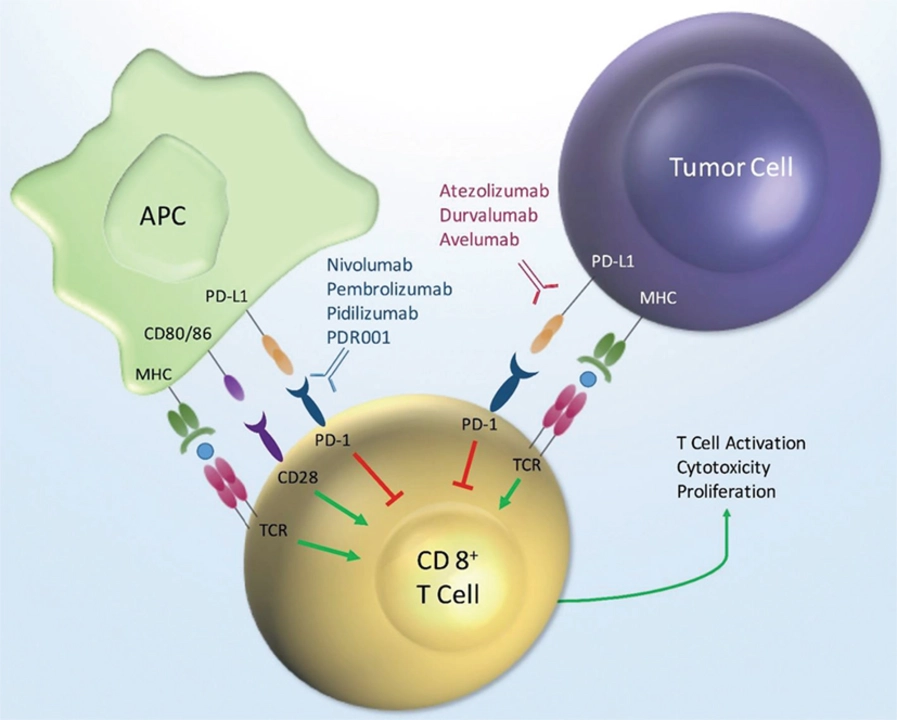Mechanism: How Medicines Work and Why It Matters
Ever wondered why one pill calms your heart while another lifts your mood? The mechanism tag gathers clear, practical explanations of how drugs act in the body so you can make smarter health choices.
Every medicine does something specific at the molecular level. Some block receptors, some boost or block enzymes, and others change how cells move ions or handle sugars. Understanding those actions helps you spot likely side effects, learn about timing and dosing, and talk with your doctor more confidently.
Quick examples that explain more
Metoprolol, sold as Toprol XL, is a beta blocker that slows the heart by blocking beta one receptors. That explains why it lowers blood pressure and can make you feel tired or cold. Olanzapine, also called Zyprexa, works mainly on dopamine and serotonin receptors in the brain, which helps with psychosis but can cause weight gain and metabolic changes. Pioglitazone, known as Actos, activates PPAR gamma to change how the body stores and uses glucose; that helps blood sugar but may affect fluid balance and the liver.
Diuretics like torsemide act on kidney transporters to remove extra fluid, easing swelling but sometimes changing electrolytes. Ondansetron fights nausea by blocking 5-HT3 receptors, calming gut and brain pathways tied to vomiting. Antibiotics attack bacteria in many ways: some break cell walls, some block protein factories, and some stop DNA copying—knowing the mechanism explains when resistance will matter.
How this helps you day to day
When you know a drug’s mechanism you can predict likely side effects, spot dangerous interactions, and understand why certain lab tests matter. For example, drugs that change liver enzymes require periodic blood checks. Drugs that slow gut movement explain constipation and slow absorption for other meds. A medicine that affects electrolytes explains why doctors watch sodium and potassium.
Use this tag to read practical guides that connect mechanism to real life. Read articles showing how mechanism explains common problems like bladder control after stroke, thyroid effects on digestion, and why some antidepressants need switching. We link to clear dosing tips, safer alternatives, and real patient tips in each post.
If you want fast practical reading, start with pieces on metoprolol, olanzapine, ondansetron, and pioglitazone. Those show how a mechanism explains side effects, testing needs, and simple safety steps. Each article gives one clear takeaway you can use when you talk with your prescriber.
Want to learn one useful fact right now? Metoprolol can slow heart rate within hours, while pioglitazone may take weeks to change blood sugar patterns. Knowing that helps you judge whether a drug is working or needs a follow up.
Browse the posts under this tag to get clear, practical explanations that map mechanisms to real problems and solutions. Ask questions in comments if a mechanism still feels confusing and we will point you to the right article or study.
Bookmark this tag to check updates, new research, dosing tips, and straightforward explanations that actually help your decisions today now.

